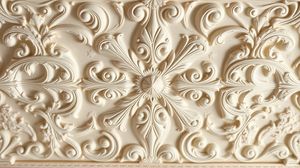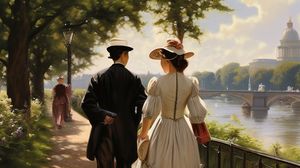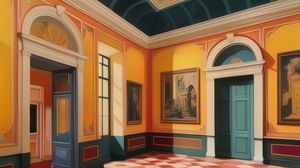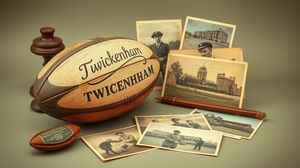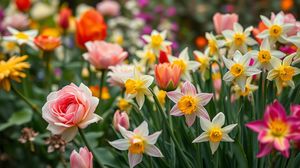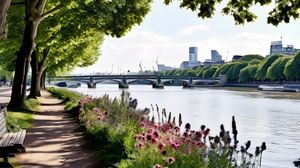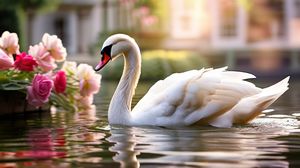
Osterley Park and House is a magnificent country estate located on the outskirts of London. Originally built in the late 16th century for banker Sir Thomas Gresham, the property was transformed in the 18th century by architect Robert Adam into the neo-classical masterpiece that visitors see today. The house, set amidst extensive parkland, offers a glimpse into the opulent lifestyles of the British elite during the Georgian era.
The house's interiors are a wonder to behold, with Adam's distinctive touch evident in the lavish decoration and intricate detailing. The grand entrance hall features Ionic columns and finely crafted stucco work, setting the tone for the elegance that continues throughout the property.
One of the more unusual facts about Osterley Park is that the entire house was designed to be viewed as a work of art. In the 18th century, it was as much a showroom for Adam's architectural prowess as it was a residence, making it an intriguing example of how art and architecture converge.
The surrounding gardens and parkland provide a serene escape from the city hustle, with formal gardens, ornamental lakes, and ancient woodlands to explore. The park is also home to a variety of wildlife, including some rare and protected species.
Notably, Osterley Park served an important role during the Second World War when it was used as a training ground for the local Home Guard. This little kernel of history adds a layer of wartime intrigue to the estate's otherwise genteel past.

Making the Most of Your Visit:
If you're a fan of period architecture, make sure to look out for the "Etruscan Room" inside the house. It's named for its fabulous décor inspired by ancient Etruscan motifs, and it's one of Robert Adam's masterpieces that you definitely won't want to miss.
Bring a picnic blanket and some lunch to enjoy in the gardens. Osterley is a perfect spot for a leisurely picnic amidst stunning surroundings. Keep an eye on the weather, though, as there's really nothing better than relaxing here on a sunny day.
Wear comfortable walking shoes. The estate's parkland is expansive with plenty of walking trails to explore, from manicured gardens to more natural landscapes. There's even an option to enjoy a circular walk that covers most of the main sights.
For families with children, don't forget about the natural play trail. It's a delightful resource with wooden structures and activities that can keep younger ones entertained while you enjoy the scenic beauty.
If you're into history, check the schedule of events for any talks or guided walks. Often, there are knowledgeable guides offering insights into the history of Osterley during various periods like the Georgian era and WWII, which can really bring the estate's past to life.

Visiting Times & Costs:
Osterley Park and House is open to the public, but opening times can vary between the house and the parkland. It's always best to check the latest opening hours before planning your visit, especially as they can change with the seasons.
- House: Generally open from Wednesday to Sunday, with hours often from 11:00 AM to 4:00 PM. A winter closure might apply for maintenance, so verify for specific dates.
- Park: The park is usually open daily from 10:00 AM to 5:00 PM, though times may vary slightly throughout the year.
Regarding fees, there is an admission charge for entering the house. However, access to the parkland and gardens is generally free, although parking charges may apply.
| Type of Access | Cost |
|---|---|
| House Admission | Charges apply, with discounts for members, children, and families. Please check for the most current rates. |
| Parkland & Gardens | Free, though parking charges might apply. |
Accessibility: Osterley Park and House aims to be accessible to all visitors. However, given the historic nature of the building, some areas may present challenges for visitors with mobility issues. The ground floor is generally accessible, and there are facilities like accessible toilets available. It's recommended to check in advance for specific access needs or any planned maintenance that might affect entry.

Address & Map:

Nearby:


